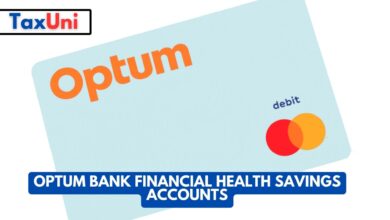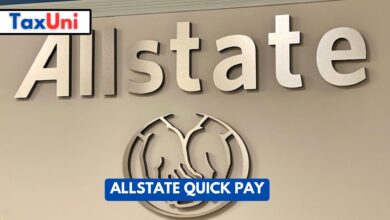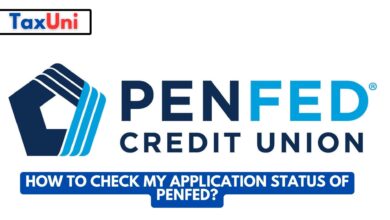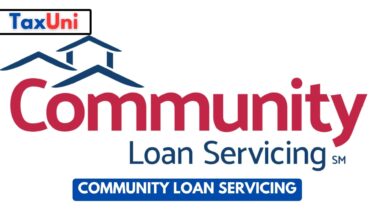IBR Repayment Plans
Each year, you'll need to recertify your income and family size. That means your monthly payment may go up or down. The Income-Based Repayment plan bases student loan payments on your discretionary income and promises loan forgiveness.

IBR is one of four income-driven repayment plans for federal student loans. It ties your loan payments to your household income and family size and caps them at 15% of your discretionary income (or 10% for new borrowers on or after July 1, 2014). You must demonstrate partial financial hardship to qualify for IBR. This plan can help you get out of debt faster than the standard 10-year repayment term and is eligible for loan forgiveness after 20 or 25 years of qualifying monthly payments. It’s important to note that the monthly amount you pay in IBR may be more than you would have paid under a standard repayment plan because you pay interest on your unpaid balance while you’re in the plan.
You can apply for IBR through your loan servicer. It is free to apply, but you must recertify your income each year. Your loan servicer can help you calculate your payment amount and determine whether or not you qualify for the plan.

REPAYE, PAYE, and IBR
If your federal student loan payments are higher than you can afford, the Income-Based Repayment Plan (IBR) is a good option. The plan limits your monthly payment to a percentage of your discretionary income. You’ll also have the opportunity to switch to a different repayment plan if you decide IBR isn’t right for you. However, you must recertify your eligibility each year. If you fail to do so, your payments may increase, and any unpaid interest will be capitalized into your loan balance. You can use the Department of Education’s Loan Simulator to see if you would benefit from IBR.
The IBR is one of four income-driven repayment plans available to borrowers who are struggling with their loan payments. The others include the Pay as You Earn program, REPAYE, and ICR. These plans are available to borrowers with Direct Loans and FFEL Program loans that have been consolidated into a Direct Consolidation Loan. They are designed to make it easier for borrowers to repay their loans, especially those who work in public service jobs or pursue careers that pay lower salaries.
Unlike REPAYE and PAYE, IBR accepts Parent PLUS loans and consolidation loans that contain at least one Parent PLUS loan. You also don’t have to demonstrate financial need, as you do with the other two income-driven repayment plans. However, there are some pros and cons to IBR that you should consider before enrolling. IBR offers a low monthly payment, loan forgiveness after 20 or 25 years of qualified payments, and flexibility should your income increase. However, it’s important to understand that you may end up paying more total interest than you would have under a standard repayment plan because your loan servicer will capitalize the unpaid interest into your principal balance.





